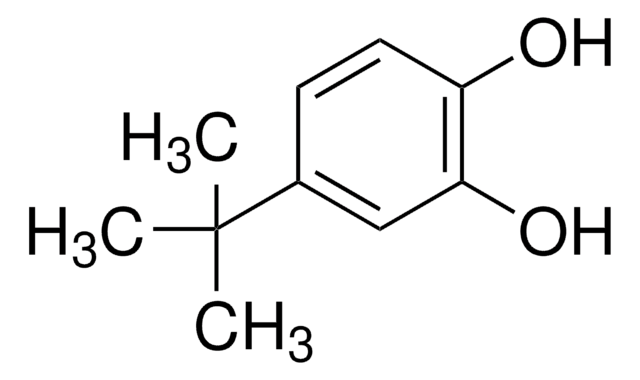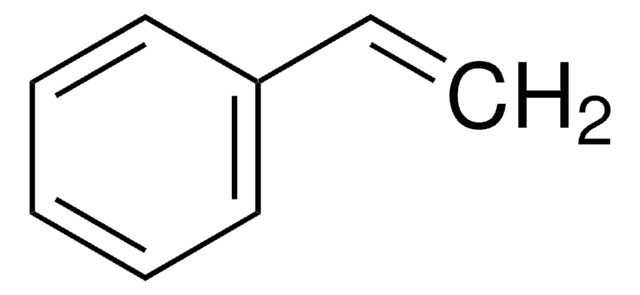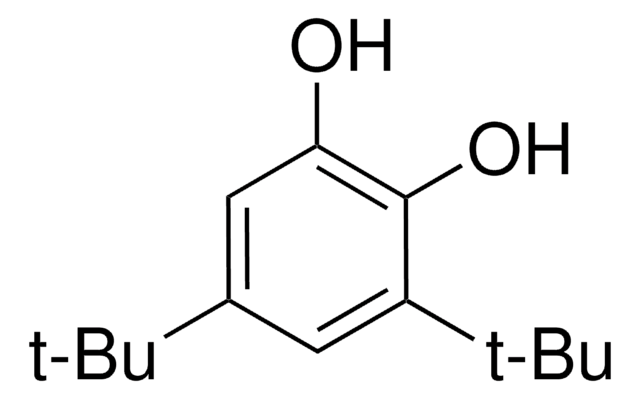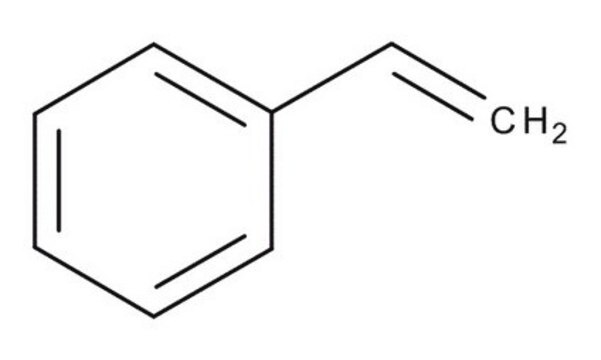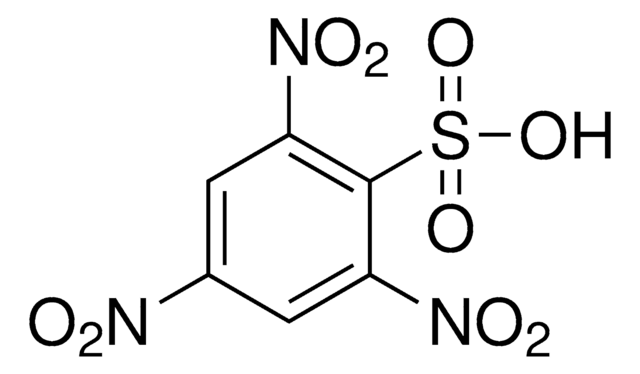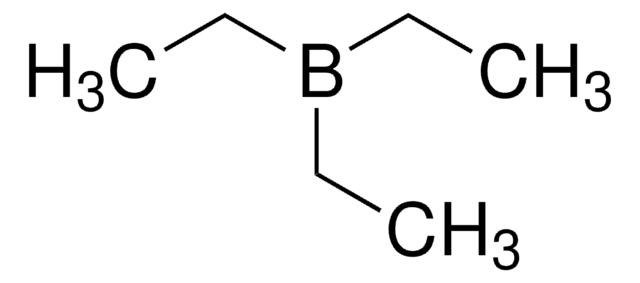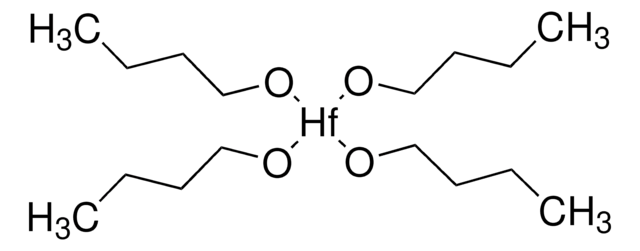8.01987
4-tert-Butylpyrocatechol
for synthesis
Synonym(s):
4-tert-Butylpyrocatechol
About This Item
Recommended Products
vapor pressure
<1 hPa ( 25 °C)
Quality Level
assay
≥98.0% (GC)
form
solid
autoignition temp.
160 °C
potency
815 mg/kg LD50, oral (Rat)
1331 mg/kg LD50, skin (Rat)
kinematic viscosity
100 cSt(57 °C)
bp
284-286 °C/1013 hPa
mp
52-55 °C
transition temp
flash point 130 °C
density
1.05 g/cm3 at 60 °C
bulk density
650‑700 kg/m3
storage temp.
2-30°C
InChI
1S/C10H14O2/c1-10(2,3)7-4-5-8(11)9(12)6-7/h4-6,11-12H,1-3H3
InChI key
XESZUVZBAMCAEJ-UHFFFAOYSA-N
Application
- Stabilization of Soil with 4-Tert-Butylpyrocatechol: Explores the use of 4-tert-butylpyrocatechol as a soil stabilizer to mitigate water′s adverse effects (JB Hemwall, DT Davidson, 2023).
- Anthranilamide-protected vinylboronic acid: rational monomer design for improved polymerization/transformation ability: Includes a discussion on the protonation of the C–B bond in organic molecules using 4-tert-butylpyrocatechol (H Suzuki et al., 2022).
- Selective oxidation of 4-tert-butylphenol by hydrogen peroxide in the presence of titanosilicates: Investigates the catalytic transformations of 4-tert-butylphenol into 4-tert-butylpyrocatechol using different catalysts (RR Talipova et al., 2016).
- A theoretical and experimental study for screening inhibitors for styrene polymerization: Discusses the use of 4-tert-butylpyrocatechol among other compounds as inhibitors in polymerization processes (A Darvishi et al., 2019).
Analysis Note
Melting range (lower value): ≥ 52 °C
Melting range (upper value): ≤ 57 °C
Identity (IR): passes test
signalword
Danger
Hazard Classifications
Acute Tox. 4 Dermal - Acute Tox. 4 Oral - Aquatic Acute 1 - Aquatic Chronic 2 - Eye Dam. 1 - Skin Corr. 1B - Skin Sens. 1
Storage Class
8A - Combustible, corrosive hazardous materials
wgk_germany
WGK 3
flash_point_f
235.4 °F - closed cup
flash_point_c
113 °C - closed cup
Certificates of Analysis (COA)
Search for Certificates of Analysis (COA) by entering the products Lot/Batch Number. Lot and Batch Numbers can be found on a product’s label following the words ‘Lot’ or ‘Batch’.
Already Own This Product?
Find documentation for the products that you have recently purchased in the Document Library.
Our team of scientists has experience in all areas of research including Life Science, Material Science, Chemical Synthesis, Chromatography, Analytical and many others.
Contact Technical Service